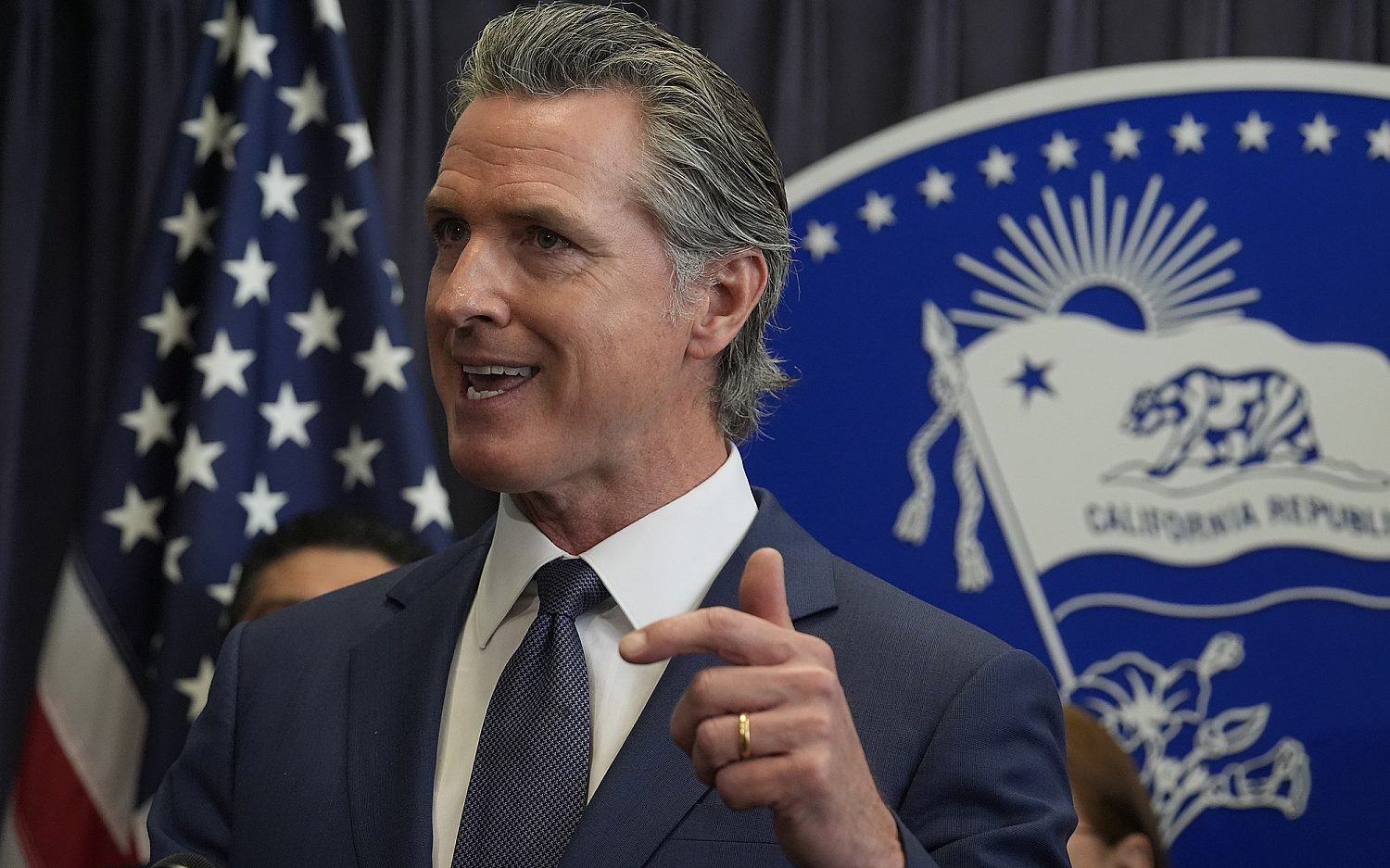Is the problem of human trafficking exaggerated?
In May, U.S. Rep. Bob Goodlatte, R-Va., described child sex trafficking in the United States as a $9.8 billion business and Rep. Ann Wagner, R-Mo., called domestic human trafficking a $9.5 billion business. The number discrepancy caught the attention of The Washington Post. A few weeks later, the Post’s fact-checker awarded four Pinocchios (its worst truth rating) to both statements.
When confronted about the $9.8 billion number, Goodlatte said he got it from Shared Hope, an anti-sex trafficking organization. Shared Hope noted as its source a 2005 International Labor Organization (ILO) report on human trafficking. But the ILO’s report didn’t offer a country-by-country breakdown for trafficking, let alone a specific figure for the United States. Instead, it offered a collective $13 billion estimate for “forced commercial sexual exploitation” from 36 industrialized countries, including the United States. By its own admission, the ILO’s estimate of 200,000 people forced into prostitution worldwide could be off by as much as 25 percent.
Obtaining updated, solid numbers on the scope of sex trafficking has proven daunting, given both the underground nature of the crime and a lack of uniform methods for collecting data. And Shared Hope isn’t the only organization struggling to quantify the problem.
Taryn Offenbacher, a spokeswoman for Shared Hope, told the Post the $9.8 billion figure was “a misreading of the ILO report” and assured reporters the organization wasn’t “spreading inaccurate or unsupported information about the seriousness of this crime.” Shared Hope subsequently removed the erroneous data from its website.
When asked about Wagner’s quoted figure, spokeswoman Moira Bagley Smith cited the 2006 State Department Trafficking in Persons report, which notes, “According to the U.S. Federal Bureau of Investigation, human trafficking generates an estimated $9.5 billion in annual revenue.” But that figure encompasses all forms of human trafficking worldwide, not just sex trafficking in the Unites States. And after checking their files, FBI officials say they have no record of having produced that figure.
Many well-intentioned advocates often unknowingly pass along faulty data in an effort to raise awareness. But when those numbers prove false, it can have a negative effect on their overall effort.
“When we exaggerate the problem it causes people to trivialize it as a concern,” notes Joe Carter, an editor at the Gospel Coalition, writing about sex trafficking stings during the Super Bowl.
Sex trafficking has gotten a lot of attention surrounding major sporting events. But a number of blogs take issue with the notion that it increases during these events, pointing to the minuscule number of arrests—just 45, with 16 juveniles rescued—during the 2014 Super Bowl. During Super Bowl 2015, law enforcement focused on johns—men who hire prostitutes. A total of 570 would-be johns and 23 pimps were arrested during a sting that involved 37 law enforcement agencies in 17 states. The Los Angeles Times reported the same operation rescued 68 victims of trafficking, including 14 juveniles.
But in the absence of reliable, year-round, nationwide statistics, it’s difficult to categorize the problem as either exaggerated or underestimated. The 2014 TrIP report included this cautionary statement when using its data: “Numbers are not always the story. Pursue individual stories of survival, new government initiatives, or innovative research efforts until better data are available.”
An actual newsletter worth subscribing to instead of just a collection of links. —Adam
Sign up to receive The Sift email newsletter each weekday morning for the latest headlines from WORLD’s breaking news team.




Please wait while we load the latest comments...
Comments
Please register, subscribe, or log in to comment on this article.